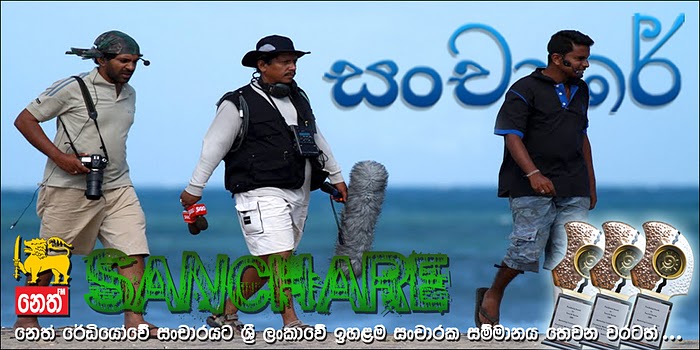Yapwwa
You might have seen the ‘goggle-eyed lions’ either at the Independence square in Colombo, or on a ten rupee note. But the first one of those lion statues is still there at Yapahuwa Rock Fortress.
Yapahuwa is an ancient Rock Fortress built by king Buhwanekabha at the beginning of the Yapahuwa era in Sri Lankan history. King Buhwanekabha built this rock Fortress in 1272, in order to transfer the capital to Yapahuwa from Polonnaruwa in the face of marauding Dravidian invasions from South India, bringing the Sacred Tooth Relic with him. But following the death of King Bhuvenakabha in 1284, the South Indians invaded Sri Lanka once again, and succeeded in capturing Sacred Tooth Relic too. Following its capture, Yapahuwa was largely abandoned & inhabited by Buddhist monks & religious ascetics..
During the brief period in which Yapahuwa was the capital of Sri Lanka, it had close connections with China. Among the evidence are finest Chinese ceramics, a number of celadon pottery parts, 1310 Chinese coins found during the excavations by H. C. P. Bell, the first archeological commissioner of Ceylon in 1949.
This great fortress has been built on a rock rising to a height of 90 metres. There are many traces of ancient battle defences, but the biggest showpiece is its ornamental stairway. The steps of this stairway are narrow and need to be maneuvered sideways. According to historians this may be a form of defence as the steps can neither be ascended nor descended hastily. Thus it paved the way for those at the top to arm themselves against an enemy onslaught.
The site's outstanding ruin is the marvelous stone stairway, which climbs with Maya-like steepness up to the palace. The stairway originally comprised of the three flights of stone stairs. The lowest one has disappeared & been replaced by modern cement stairs. Its top flight is a riot of decoration of high quality craftsmanship. Statues of elephants, Makara Thorans (dragon arches), dwarfs, goddesses & pair of goggle-eyed stone lions flank the stairs, which are topped by a finely carved doorway & windows. Panels around the base & sides of each window are embellished with stone carvings of dancers & musicians, one playing a Kandyan drum-the oldest pictorial record of Sri Lanka's most famous musical instrument.
Finally at the top of the stairway is the impressive & harmoniously conceived doorway that once led into the Temple of the Tooth. There's very little to see now except a couple of brick foundations & a few pillars. However the view from hereon is wonderful: the flat plains far below dotted with huge, saw-toothed mountains.
There is a fascinating cave temple (restored in 1886) that contains some 13th century frescoes. The reposition of images across a geometric grid also appears in ancient Buddhist sites in India, such as Ajantha, inland from Mumbai, & Alchi in Ladakh. Also in the temple are wooden Buddha images &, interestingly, one image made of bronze.
Yapahuwa is worthy of a visit as it is relatively quick to see, interesting and beautiful. Although not as significant as other Cultural Triangle sites it does have a special individual charm.
-Dilan Dharshana-
Subscribe to:
Posts (Atom)









